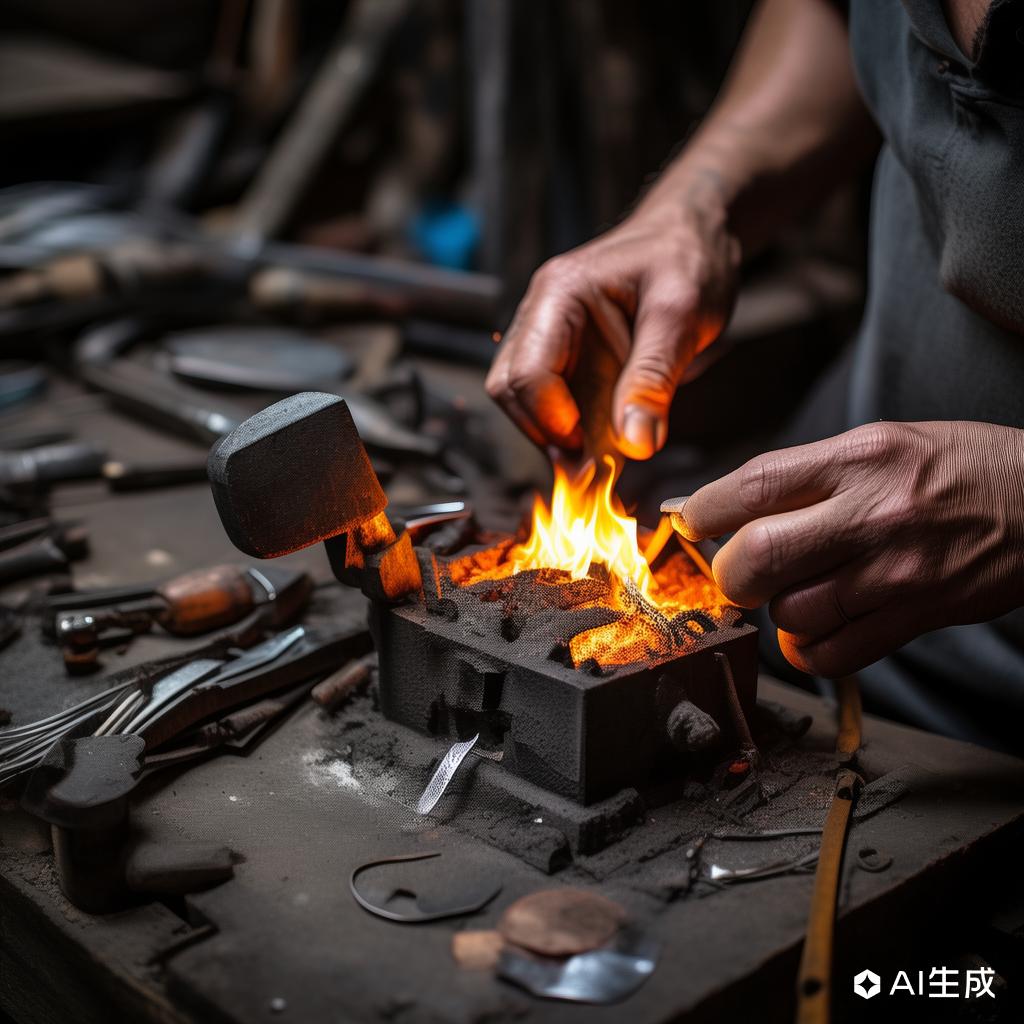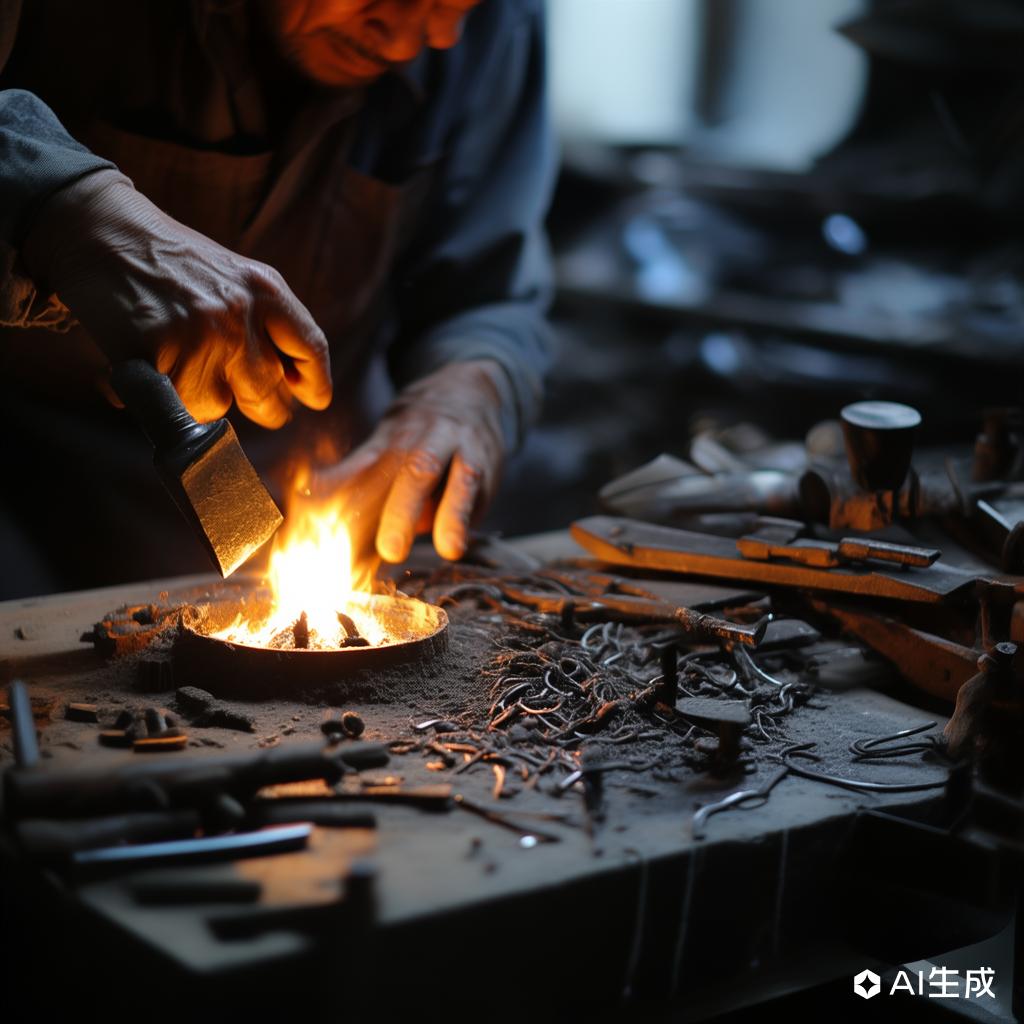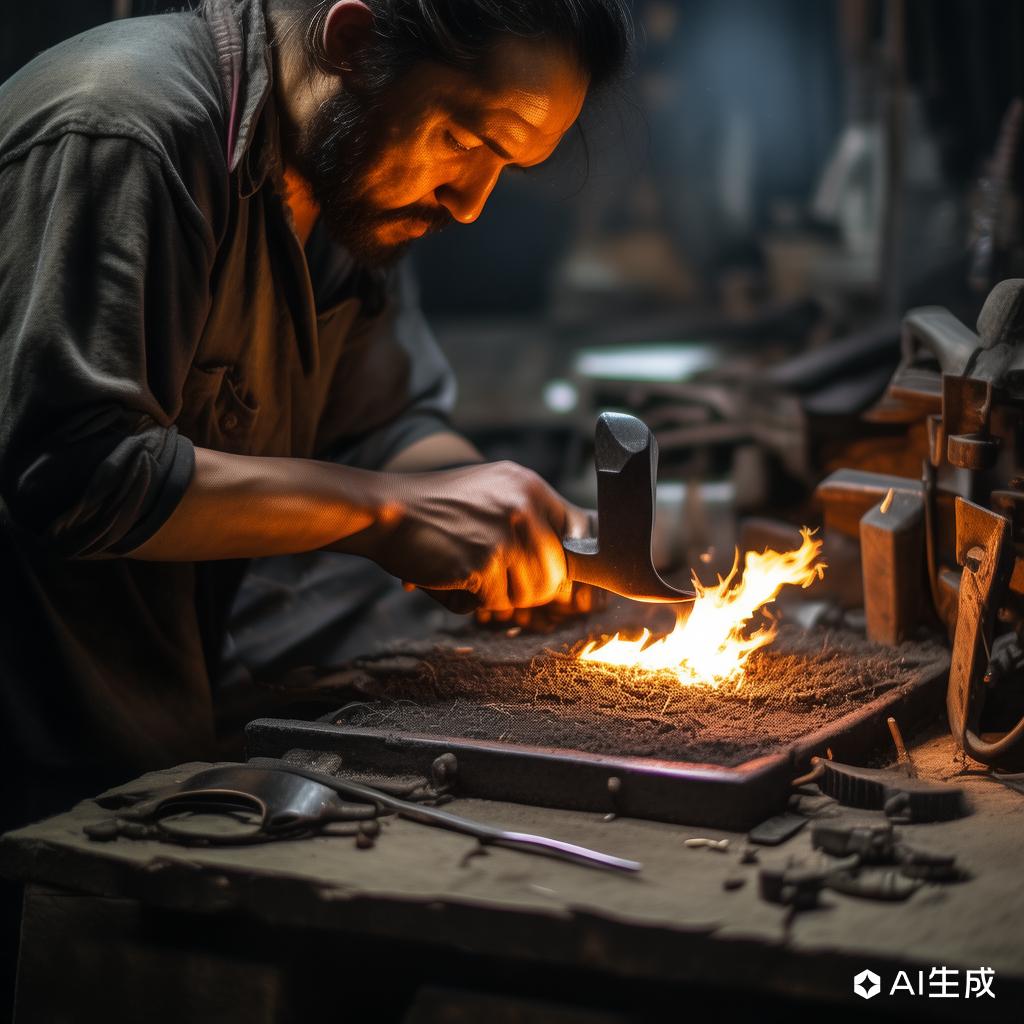The Timeless Art of Jewelry Forging: Techniques and Treasures
Share



The art of jewelry forging is a centuries-old craft that combines skill, creativity, and precision to transform raw materials into exquisite pieces of wearable art. This traditional method of jewelry making has stood the test of time, offering a unique blend of durability and aesthetic appeal that modern techniques often strive to replicate.
### The Essence of Jewelry Forging
Jewelry forging is the process of shaping metal through the application of heat and force. Unlike casting, where metal is melted and poured into a mold, forging involves manipulating the metal while it is still in a solid state. This method allows for greater control over the metal's texture and strength, resulting in pieces that are not only beautiful but also resilient.
### Techniques in Jewelry Forging
1. **Hammering and Repoussé**: These techniques involve striking the metal with a hammer to create raised or indented designs. Repoussé, in particular, is used to create intricate patterns by hammering the metal from the reverse side.
2. **Welding and Soldering**: These processes are used to join different metal pieces together. Traditional forge welding involves heating the metal to a high temperature and then pressing the pieces together, while soldering uses a filler metal to bond the pieces.
3. **Annealing**: This is a heat treatment process that softens the metal, making it more malleable and easier to work with. Annealing is crucial in jewelry forging as it prevents the metal from becoming too brittle.
4. **Chasing**: Similar to repoussé, chasing involves refining the design on the front of the metal piece. This technique is often used in conjunction with repoussé to achieve detailed and three-dimensional effects.
### The Beauty of Hand-Forged Jewelry
Hand-forged jewelry possesses a unique charm that mass-produced pieces lack. Each piece is a testament to the artisan's skill and creativity, often featuring subtle imperfections that add to its character. The textures and finishes achieved through forging can range from sleek and polished to rugged and rustic, catering to a wide array of tastes.
### Sustainability and Ethical Considerations
In an era where sustainability and ethical practices are paramount, jewelry forging offers a more eco-friendly alternative to casting. The process typically requires less energy and produces less waste, making it a responsible choice for conscious consumers.
### Modern Innovations in Jewelry Forging
While the core principles of jewelry forging remain unchanged, modern advancements have introduced new tools and techniques that enhance the craft. Precision instruments, such as laser welders, allow for finer details and more intricate designs, while computer-aided design (CAD) software helps artisans visualize their creations before they begin forging.
### Conclusion
The art of jewelry forging is a testament to the enduring allure of handcrafted beauty. It bridges the gap between tradition and innovation, offering a timeless medium for artistic expression. Whether you are an aspiring jeweler or a discerning collector, exploring the world of forged jewelry is sure to inspire awe and appreciation for this ancient yet ever-evolving craft.